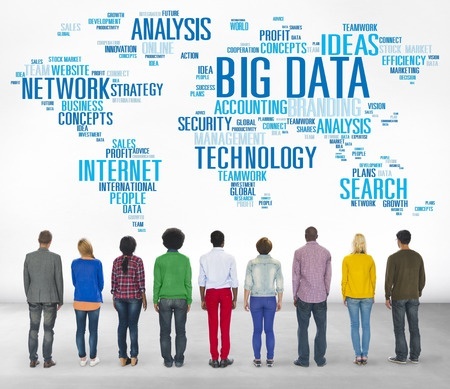 Photo: rawpixel/123RF Stock Photo
Photo: rawpixel/123RF Stock Photo
What does the term "customer data" mean to you? Many tech-savvy marketers will instantly imagine a magical dashboard showing customer churn rates, pipeline velocity, lifetime customer value and the cost to acquire a customer. And the topic remains top of mind for many CMOs in my community. Let's examine why this frenetic level of focus on technology-generated customer data is often a waste of marketing resources.
We just completed our third annual CMO Innovation Trends study. Over 100 respondents provided candid comments about the state of innovative thinking and practices within their respective organizations. Nearly one-third of the 102 CMOs surveyed told me that one of their top three frustrations now is "taking wise action on massive volumes of customer data."
Today, marketing leaders can mine customer data in a growing number of places: social posts, the point of retail, website analytics, focus groups, investor feedback and live events. The panoply of sources lulls us into believing that we must rely on quantitative data to make sense of it all, to drive decisions, and to pacify our boss.
It's most likely your competitors are doing exactly the same thing. And, like you, they are probably missing out on emotional clues and new product ideas which are often undetectable by analytics engines. Here are three reasons why technology driven data collection falls short of its true potential:
- The volume of customer data from which marketers can take action can be unmanageable. Customer data continue to grow at a breakneck speed: today, big data "farms" transmit more information across the Internet every second than the total amount of data stored in the entire Internet in 1992. Even Gartner, an analyst firm with deep technology industry roots, considers big data as hype. Gartner fellow Jackie Fenn predicts that another five to ten years will pass before big data reaches a "plateau of productivity" for customers.
Take a step back for a moment, and ask: Why would you look at your customer data the same way your competitors are -- in a way that is contributing to missed opportunities? What if, in lieu of embarking on a costly predictive lead scoring model, you went back to a few basics?
Here are two time-tested data gathering strategies worth re-visiting:
- Ask a few senior executives from your company to call 10 customers. These conversations provide three benefits: they show you sincerely appreciate their business; they ensure your top executives stay closely connected to customer issues; and they help you ascertain, first hand, why they chose you over a competitor. With preparation and practice, each call will take no more than 15 minutes. Over just two weeks, you will have captured more valuable customer data than you ever imagined.
At least two weeks prior to the event, visit the event webpage and look for keynote speakers or panelists who have recently launched a white paper, unique point of view, or commercially published book. Pick 5-8 people who have an interesting story to tell. Some may be your customers; others may be industry influencers.
Your personalized message might look like this:
Hello (cool person), I am excited to learn more about (your topic) at the upcoming (digital marketing for dry cleaners conference). I am specifically interested in how you succeeded with (specific project or achievement).
I am the Director of Marketing at XYZ Co. I have an idea that I wanted to test with you. In exchange for your time, I will share what we have learned from your peers (or competitors). Would a 20 minute coffee meeting at 8:30 am or 3 pm work better for your schedule?
In my experience, at least half of the people whom I contact are willing to meet. This data collection strategy helped me earn a five figure top name brand client and three speaking engagements.
Julie Gibbs, VP of Marketing for Axcient, reminds us that "Marketing and Sales need to be partners. One of the most important things you can do in any growing company is to understand the life of a salesperson, the sales process, and the everyday objections that they face." These traditional, yet often ignored strategies will help.
*****
The most sophisticated customer analytics tools cannot replace our higher levels of consciousness, which we cultivate through these customer conversations. Consciousness guides our empathy, compassion, and inner wisdom. As of this writing, humans have not learned how to clone consciousness through technology.
Consciousness guides and enriches our customer experiences. Those experiences inform our emotions. Over time, those experiences and memories fuel our ability to take wise action. Those actions will outweigh even the most sophisticated analytics report.
What action will you take immediately to discover hidden customer treasure?
